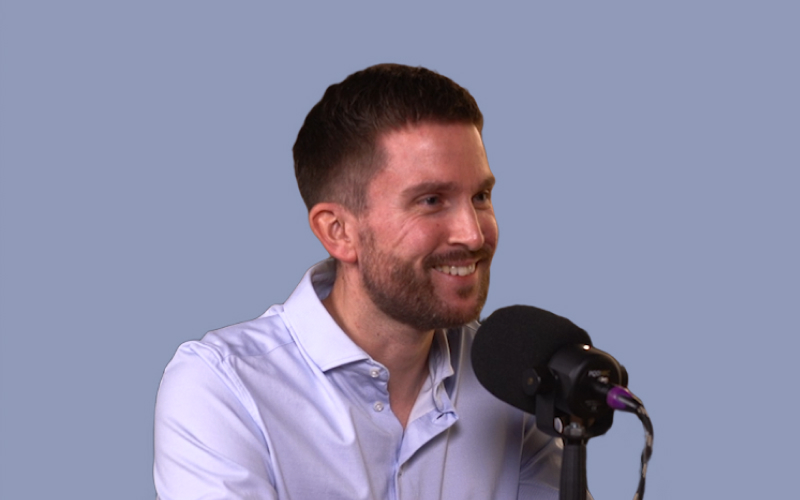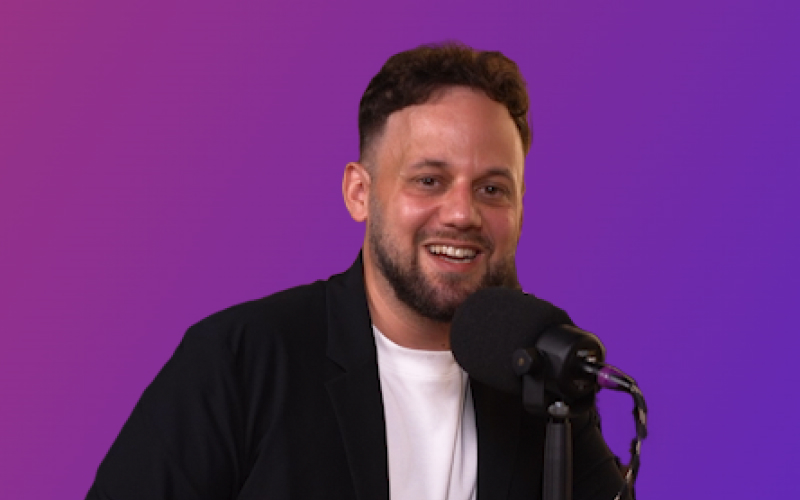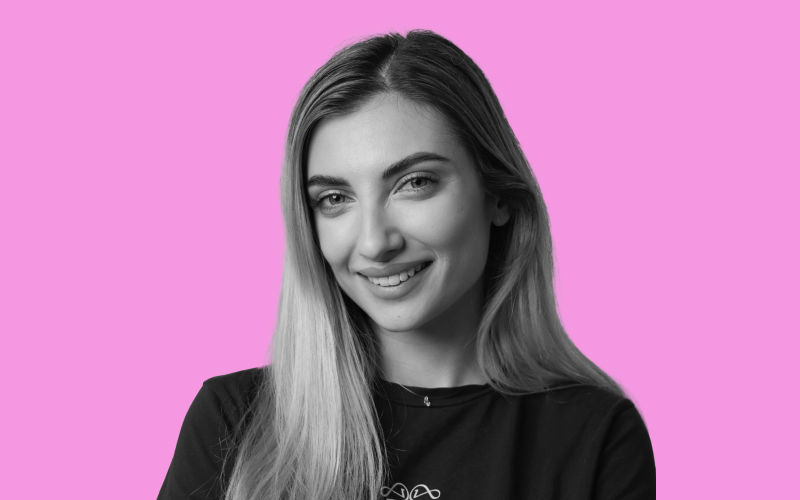Creative Briefing - How to take your process to the next level
Successful campaigns on Meta and TikTok start with a well-thought-out creative briefing. In the following, you will find out how you can take not only your creative designers and content creators, but also the entire creative process to the next level with such a briefing.
What is an ad creative brief?
Creative briefings or ad creative briefs are concise but comprehensive documents that are intended to simplify the creation of advertisements for channels such as Facebook and TikTok. They serve as a means of communication between stakeholders, including the performance marketer, creative strategist/designer, and content creators.
By clearly defining the essential elements of an ad, a creative briefing sets the direction and expectations for the creatives to be created.
What information should be included in a creative briefing?
General description
At the start, it should be defined what the idea behind the creative to be created is. Who is the target group? What is the core message that the creative should embody? This part of the briefing is intended to give the content creator or creative designer a basic understanding of the task.
Brand guidelines
Are there certain words, colors or statements that should not be made? These should definitely be recorded in creative briefings so that no avoidable feedback rounds have to be made.
Platform & ad formats and sizes
To ensure that your ads are displayed optimally, it's important to consider platform-specific ad formats and aspect ratios. Therefore, it definitely makes sense to integrate the target platform directly into the briefing. This gives the ad creator clear information about which aspect ratios are required.
Which platform is to be used plays an important role, particularly when creating advertising formats for TikTok, for example, as different content often works better here than on other platforms.
Finally, it must of course be clarified whether an image, video or carousel display is required.
Content style
What type of content is required? UGC (user-generated content), studio shots, product images, lifestyle images, animations, etc. This information should definitely also be integrated into the briefing.
Landing Page
Be sure to include the landing page in your briefings. This not only gives your creative designer additional input about the product or service, but also ensures that the general communication style is coordinated.
Current top performers or examples
A picture or a video is worth a thousand words. Integrate your current best creatives into your briefings. How do you do that? With a tool such as DatAds You can easily integrate the latest best-performer creatives into the briefing without much effort. If your ad is based on a specific idea that you saw from another advertiser, you can or should definitely include it in your briefing. In the Meta or TikTok Ad Library, you can find all active ads at any time. We have you covered how to make optimal use of them here explained.
.avif)
How do I optimize my creative briefings?
Put yourself in the role of your creative designer/content creator. What information would you need to get the creative out of your head and into reality? Your briefings are welcome to be detailed. Especially when it comes to creative creation, you'd rather have too much information than too little. Since you usually have a specific idea of the creative in mind during a briefing, you don't want to leave everything to the designer's free creativity alone anyway. Here are some valuable tips for optimizing your creative briefings:
Communication between marketer, creative team and, if applicable, customer
The briefing process should be understandable and clear for all parties involved. This is the only way to ensure that the desired results are actually produced within an acceptable period of time. If you work in an agency, you should also ensure that your customer or creative buyer can ultimately share their opinion about the creatives created at the right time. In the best case scenario, you have already written down the most important do's and don'ts at the start of the collaboration. In this way, your creative designer knows right from the start what he or she can do and what he or she should not do.
Throughout the process, it should be clear who is giving feedback and at which stage of the process. This is the only way to ensure clear, misunderstanding-free communication.
Understanding the target group
Your creative brief is only as good as the information you have. Your brief can be as perfect as it wants, and if you brief your designers based on false information or hypotheses, it won't save your creative performance. Make sure that you understand the target group in the best possible way right from the start. Making assumptions is important and is part of Creative testing process. It is only important to learn from the tested assumptions and to include them in the next briefing.
Competitive analysis
With the help of Meta and TikTok's advertising libraries, it is possible to quickly and efficiently analyze the ads of your direct competitors. Here you can analyze the current media mix and the selected messaging very efficiently. We have explained how to handle this information correctly in this article detained. Use the information and also incorporate it into your creative briefing.
.avif)
The creative for the right channel
Not every creative works on every channel. Let your creative designers know which channel it is so that the creative is designed accordingly based on previous experience. An ad must, of course, have an effect on the platform. For example, creatives similar to TV commercials often don't work as well as content that was produced more simply on TikTok. This is because this is often identified more quickly as advertising.
Flexible processes
None of your processes should be set in stone. The advertising market is constantly changing and new trends are constantly emerging. Who would have thought 2 years ago that UGC (user-generated content) would be so successful? As a result of such trends, creative processes must also be specifically adapted. Before that, there were simply no external UGC creators. Therefore, especially when making major changes in your creative process, question whether the current process is still ideal.
Mehr Artikel
Hier findest du weitere hilfreiche Artikel.

.avif)


